Choosing underwater vegetation for your planted aquarium is a highlight for any hobbyist. Perhaps, second only to picking live critters. When looking for functional, yet, decorative parts for your freshwater aquaria, you'll 100% come across plants with long and complicated names. Floating around are generic-sounding nicknames which can become crisscrossed with entirely different plants! Seeing so many unfamiliar words at one time can be disorientating. It can make trying to figure out what will work best in your tank difficult. But do not fret!
Here, we’ll do an overview of a genus, popular to the world of aquarium keeping.
‘Cryptocoryne’ aka. Crypt.

Another way to remember its full name is to break down its origins. From the Greek words Crypto (hidden) and Koryne (club). See? Breakdowns are helpful from time to time, and this one doesn't require a compensated specialist. If you've spent any time looking at aquatic plants, there is a high chance Crypts have come across your perusal, whether you’ve known it or not. They can create an enticing focal point for aquariums or underwater in paludariums. Species vary in complexity of care.

Imagine any fairy-like place near water, that's where you will find Crypt. Banks of slow-moving rivers and streams, submerged for most of their life. Seasonally flooded habitats and forest pools, where Crypt will go dormant until waters return. And, even acidic peat swamps (these can look prettier than names suggest.) Other Crypts adapted to zones of tidal fresh and brackish waters. Native to Asia and New Guinea, you can find the most familiar species here. And, in all cases, Crypts are aquatic to one degree or another.

The genus currently consists of 60 – 65 species, with new species discovered every year. But you'll find fewer in tanks. There are many different varieties with different forms and colours. They can be divided into loose categories when selecting certain species for aquariums.
The first is Crypt Wendtii and similar species which are of average size with elongated leaves. These form lush bushes when planted in groups. Their colours an vary from greens – browns.
The second loose type is Crypt with round-shaped leaves. They are typically green, but have varying colour of purple, pink or white veins.
Then there are Crypts with long lance-shaped leaves. When planted in groups they create tall bushes. They also vary in green – brown colours.
They can have a rough, hammered textured leaves. Of course there are many other types as well, some with red variations or no roughness to the leaf blade. Most can average out to a height of 30 cm (11 inches).
When submersed, they'll not have success flowering underwater. Crypt will instead reproduce using rhizome. These are horizontal underground plant stem, capable of producing the shoot and root systems of a new plant. But, when emersed, they'll take the presented opportunity to flower. And, produce an inflorescence. Comprised of a spadix (a spike of minute flowers) enclosed by a decorative sheath called a spathe. This is the key to flowering among various crypt species. It may also emit a faint, unpleasant odour, but this is part of the fun! When flowers bloom, they reveal complex anatomy and colouration that many hobbyists will not get to see.
Crypts are so popular in aquariums for their low maintenance nature. They don't rely on CO2 fertilisation and are tolerant to water conditions and low - moderate light. Only if the light is too bright, will you experience problems in this area.
One important note about Crypt; they are stubborn when it comes to their little spot in the world. They don't like moving and won't appreciate unstable conditions. Planting and re-planting, in most cases, resorts in Crypt melt, where it will lose all its leaves. Don't introduce to a new tank or one in flux because it will likely not survive. Best results come from established tanks of 4 – 6 months. Plant them in sand or gravel substrate and watch them grow at the speed of a snail pace (exhilarating stuff!) Keep an eye on your nitrate levels and also try Seachem Flourish Advance to prevent crypt melt.

Crypt. Crypt. Crypt.
So much talk about one genus and the knowledge is totally worth it. Try Cryptocoryne in your planted aquarium. It just so happens, we sell a great little selection at The Fish Room. Check them out here

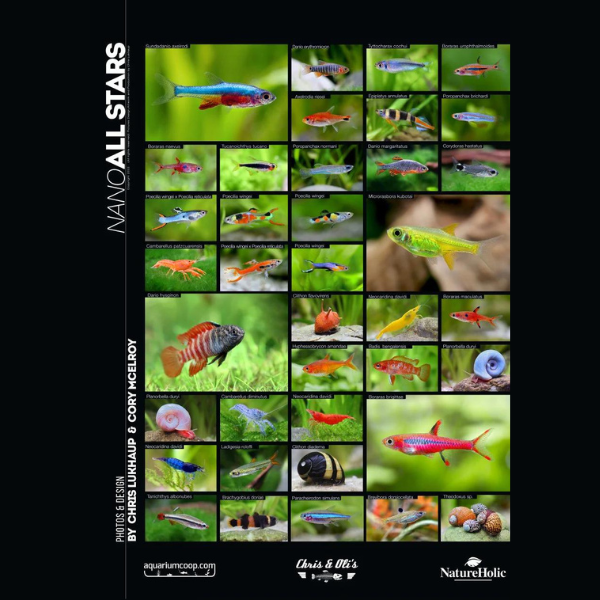
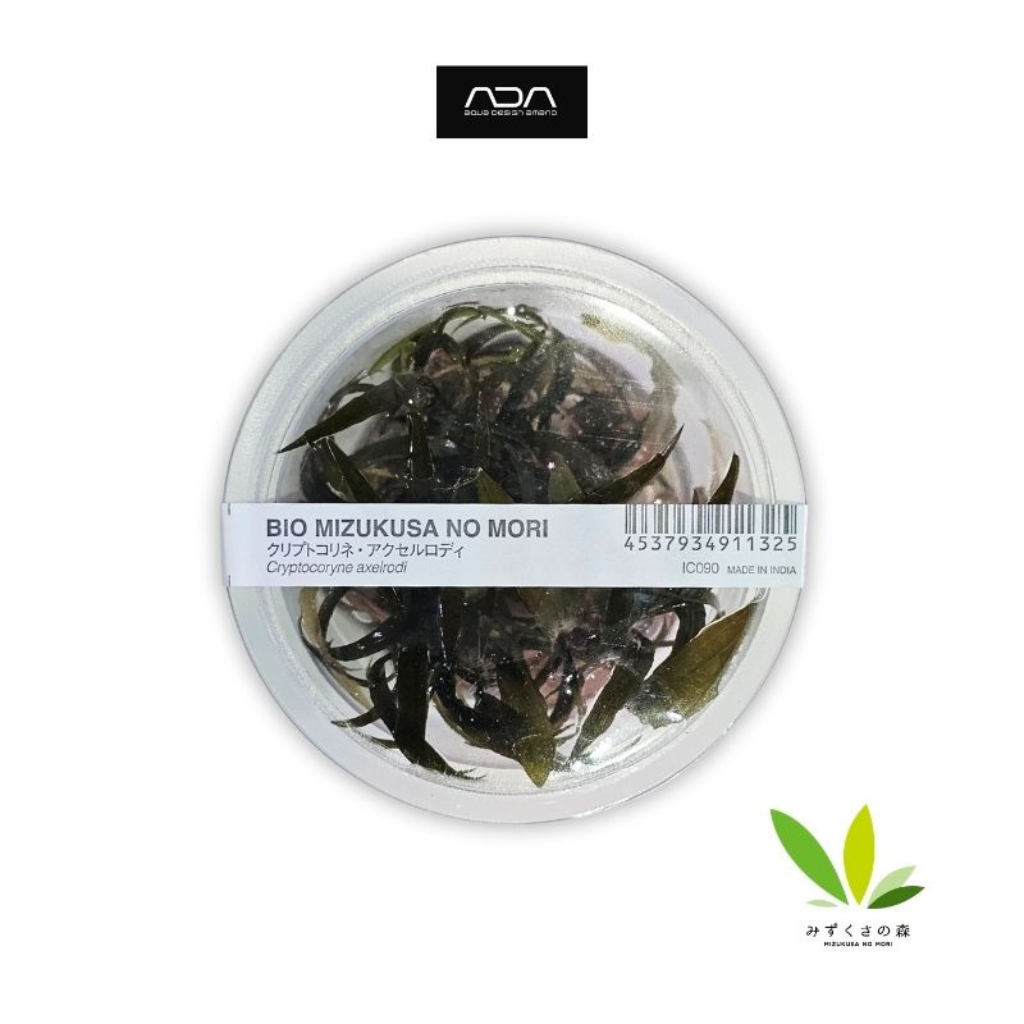
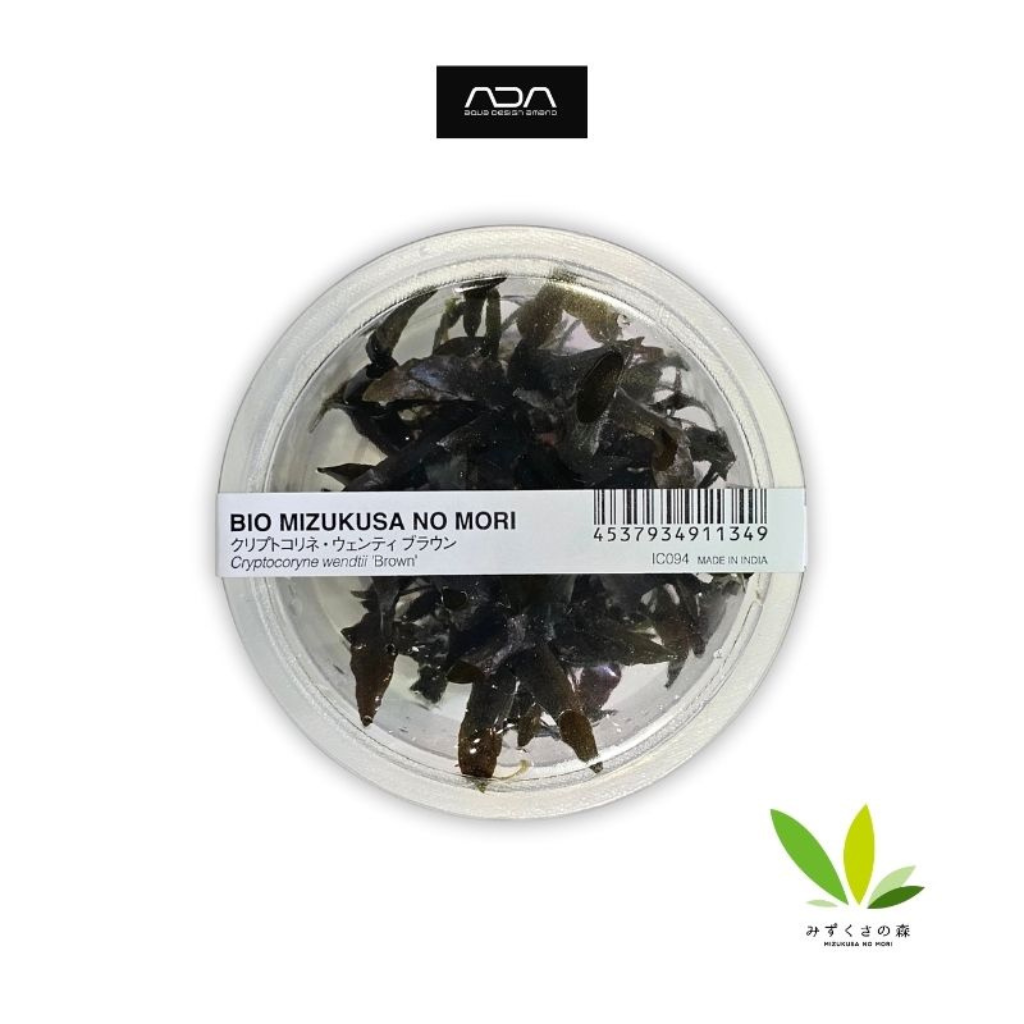
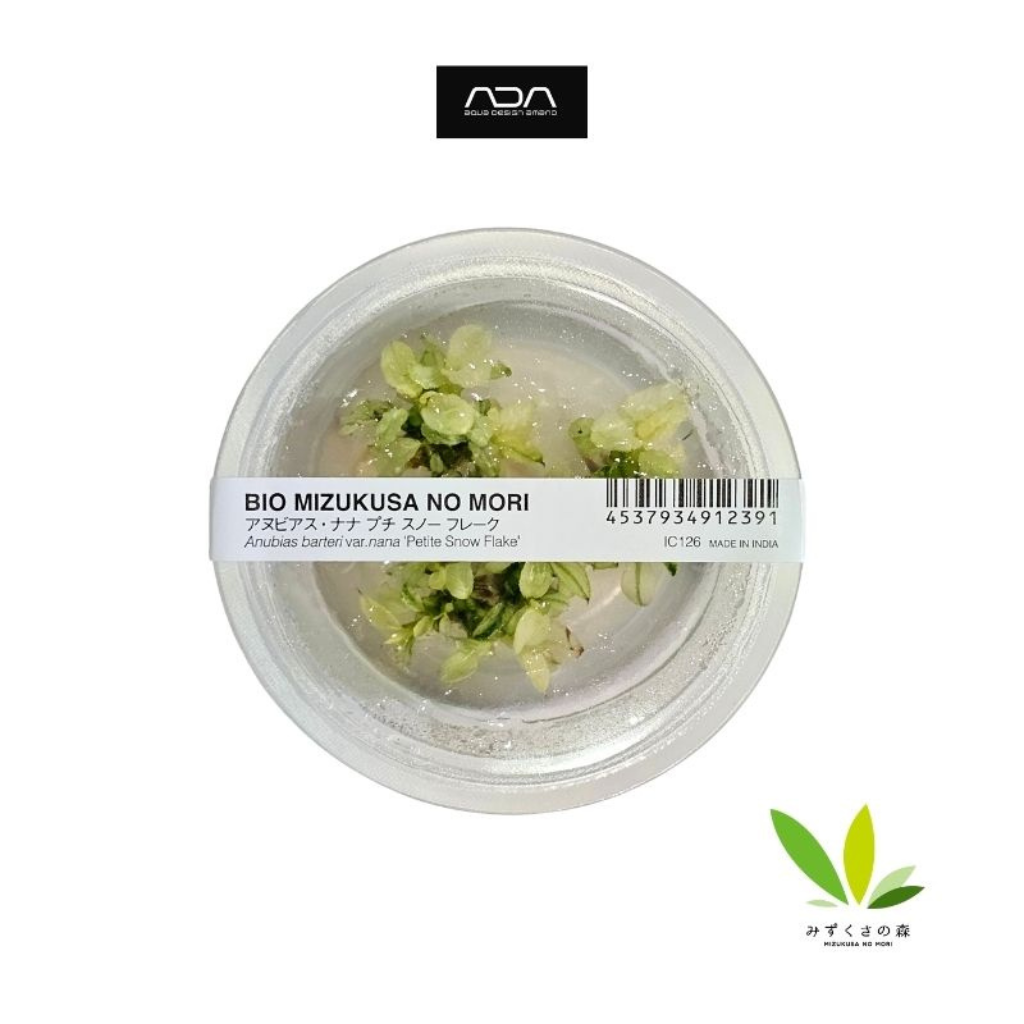
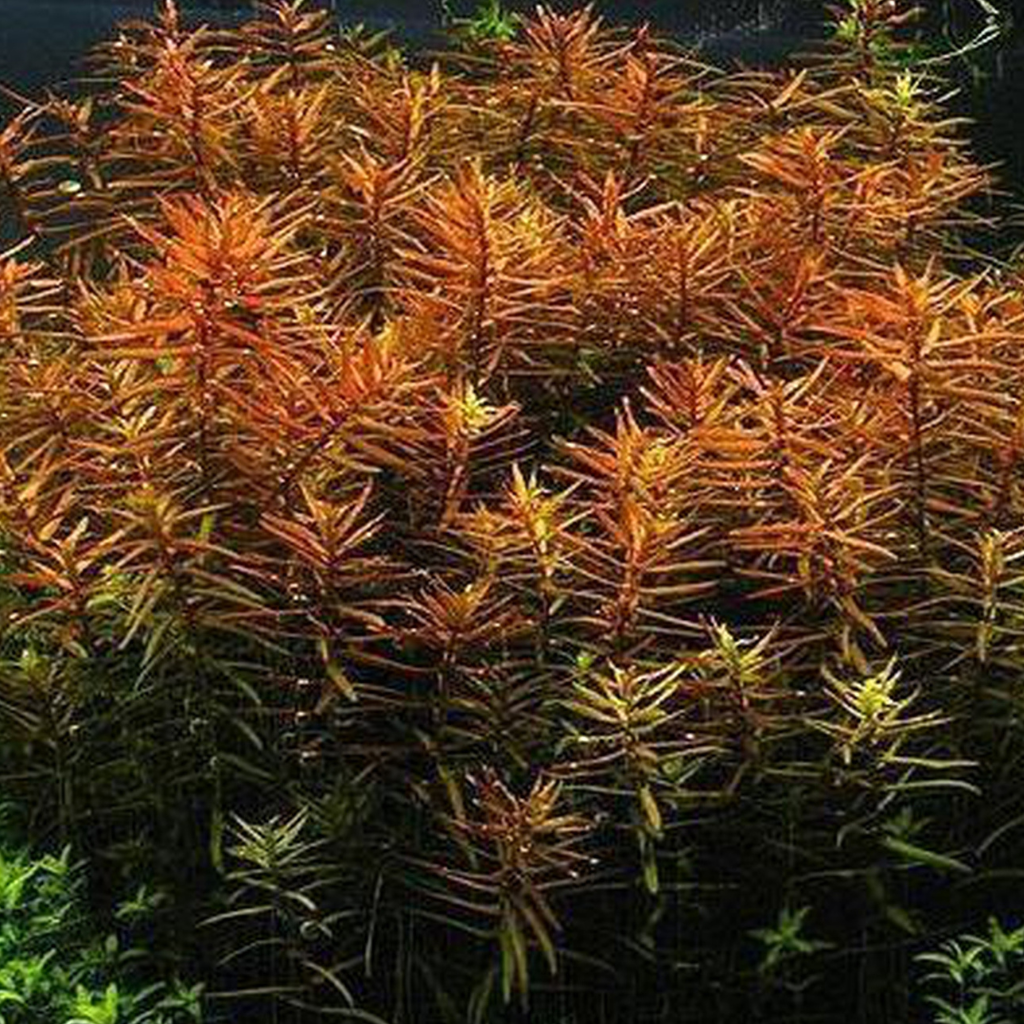
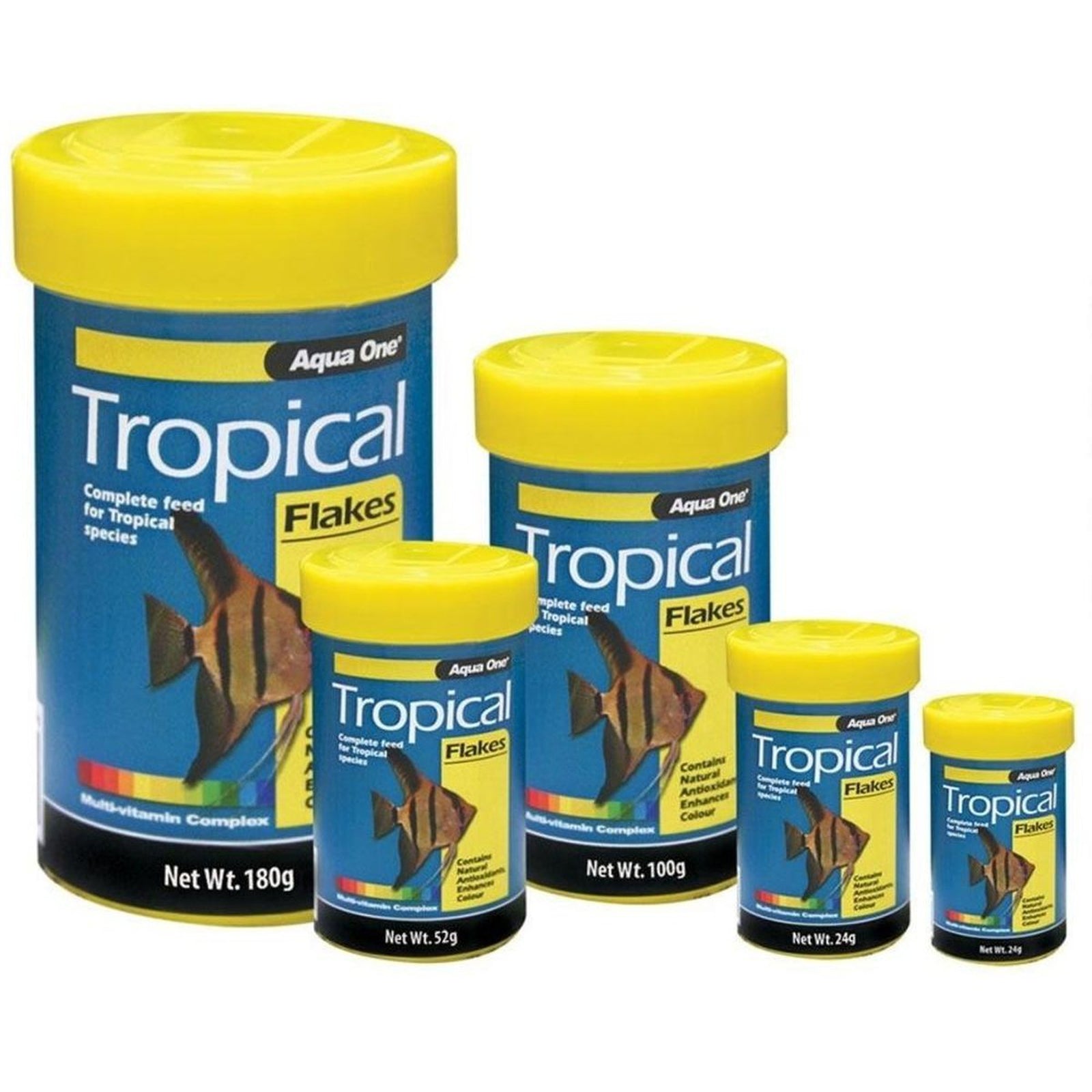
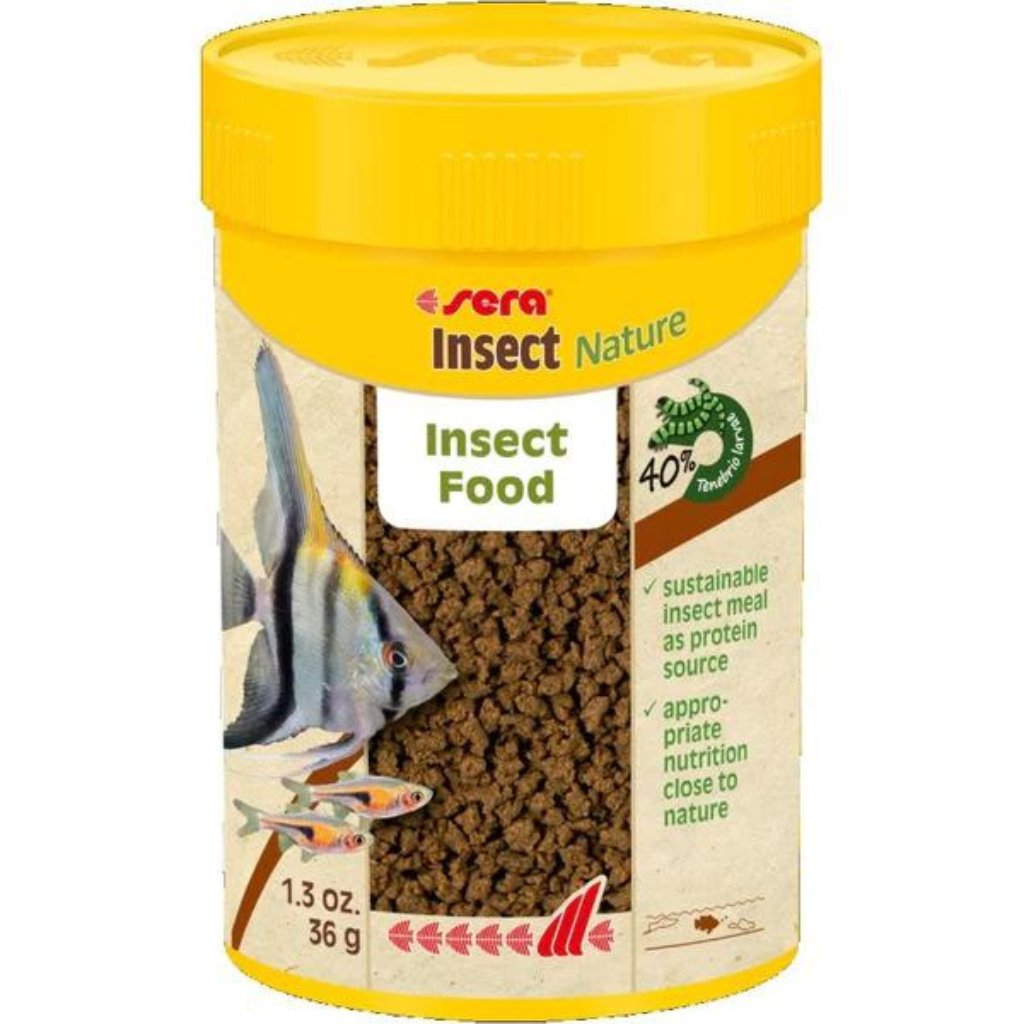
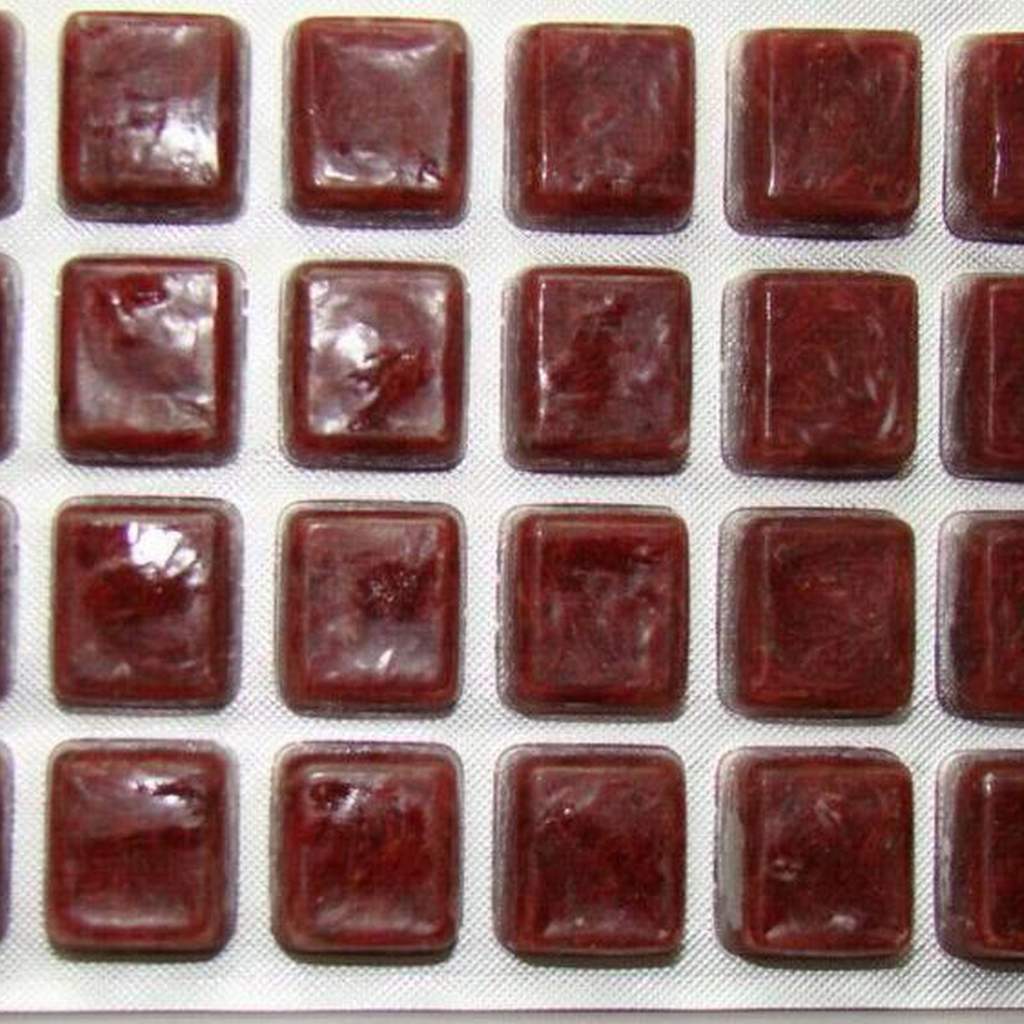
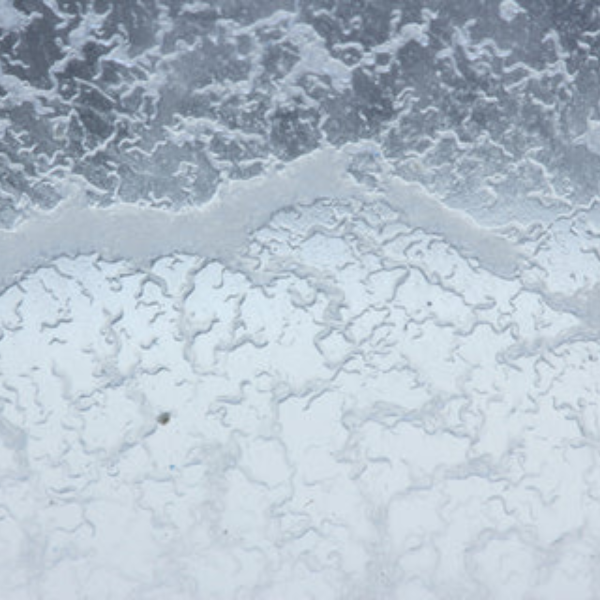
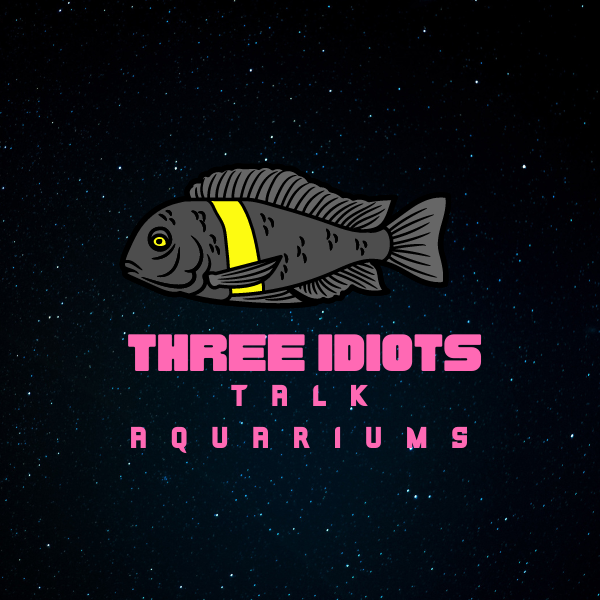



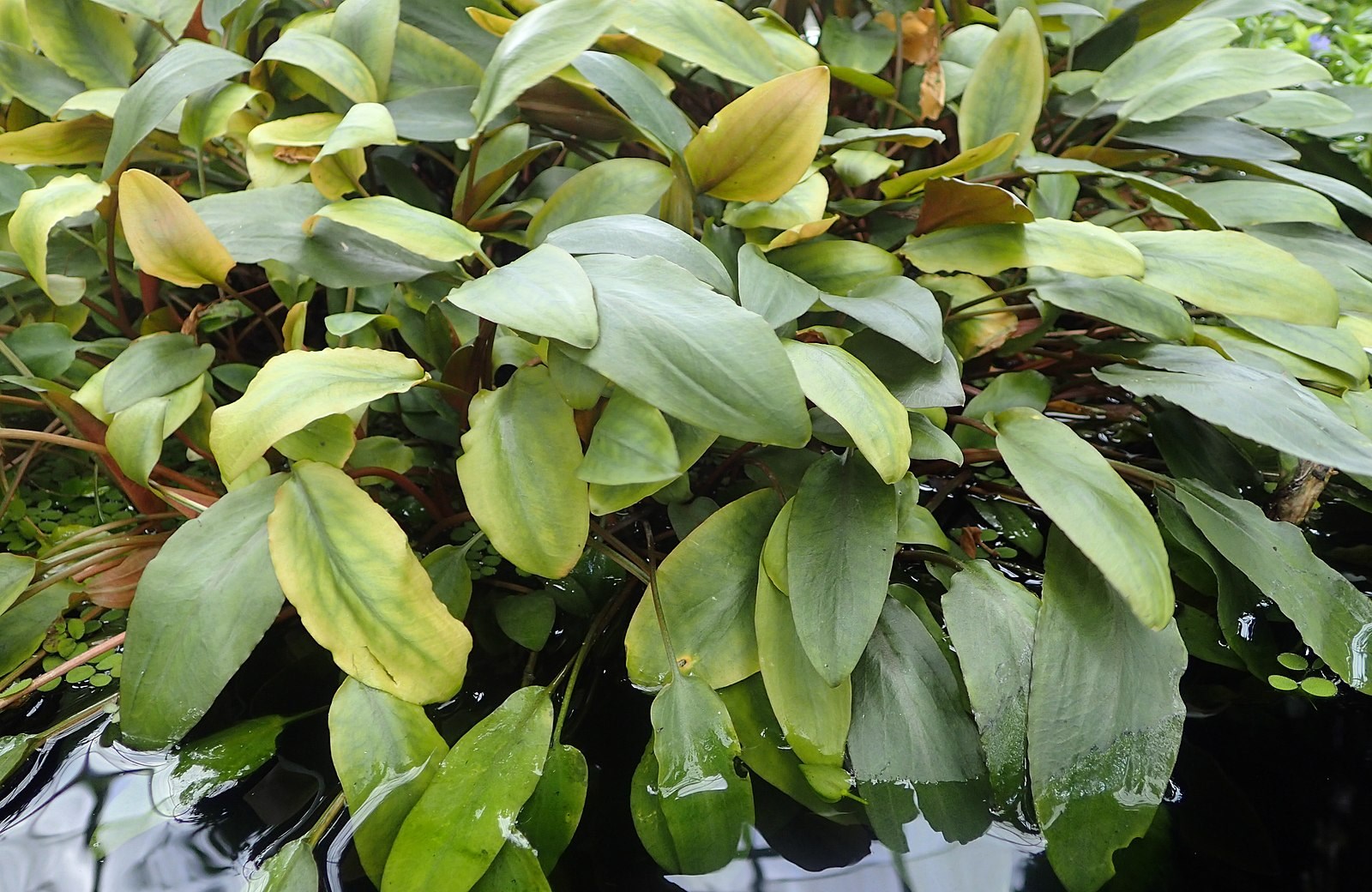
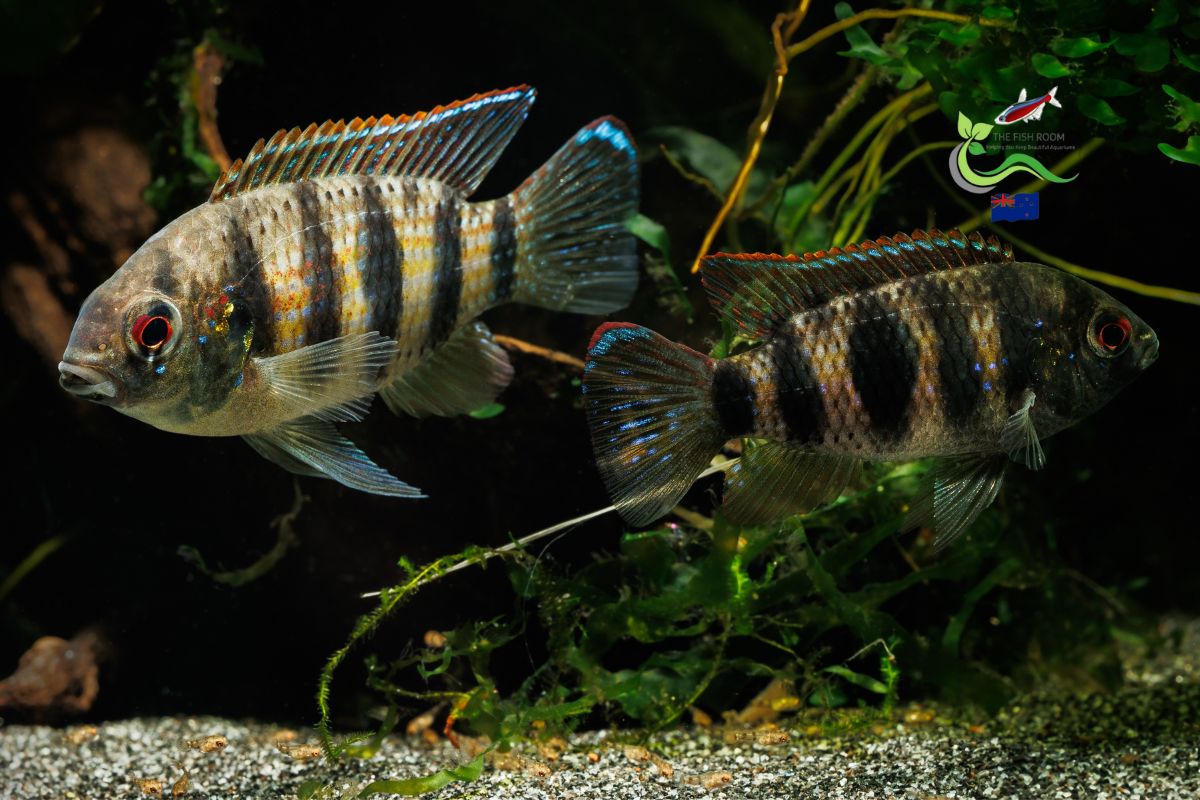
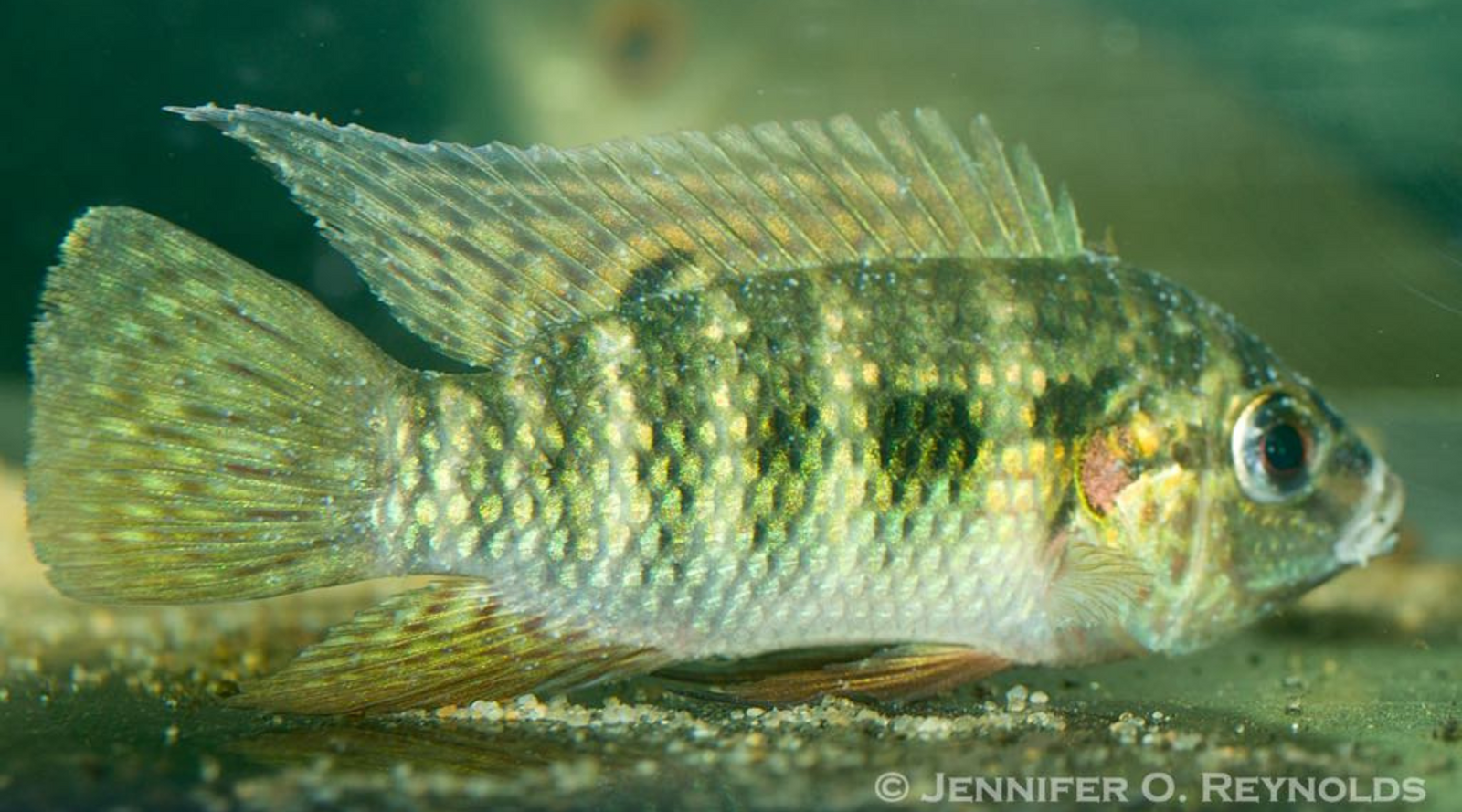
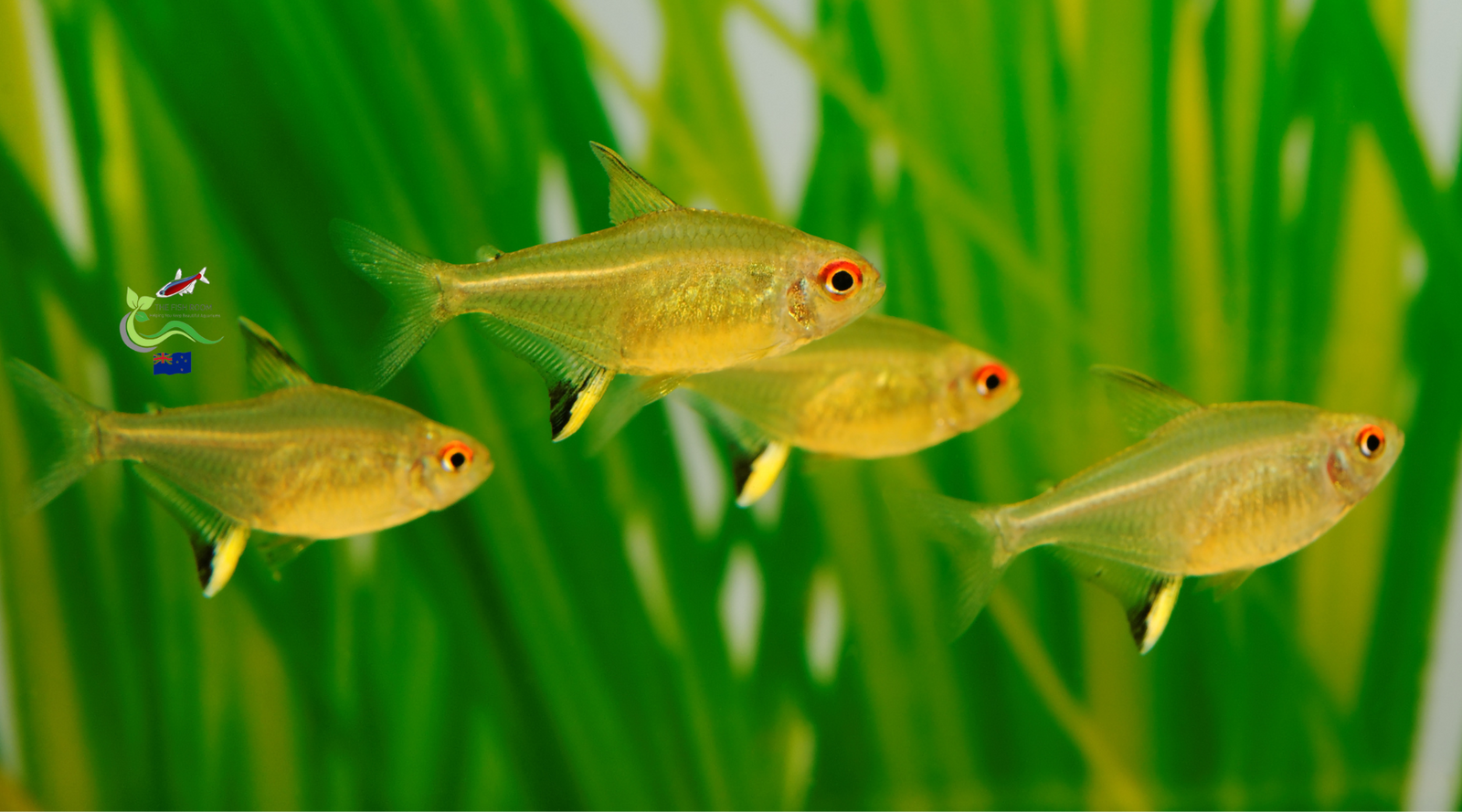
Amber
September 13, 2020
I found that really interesting and I learnt stuff :-) Thanks so much.